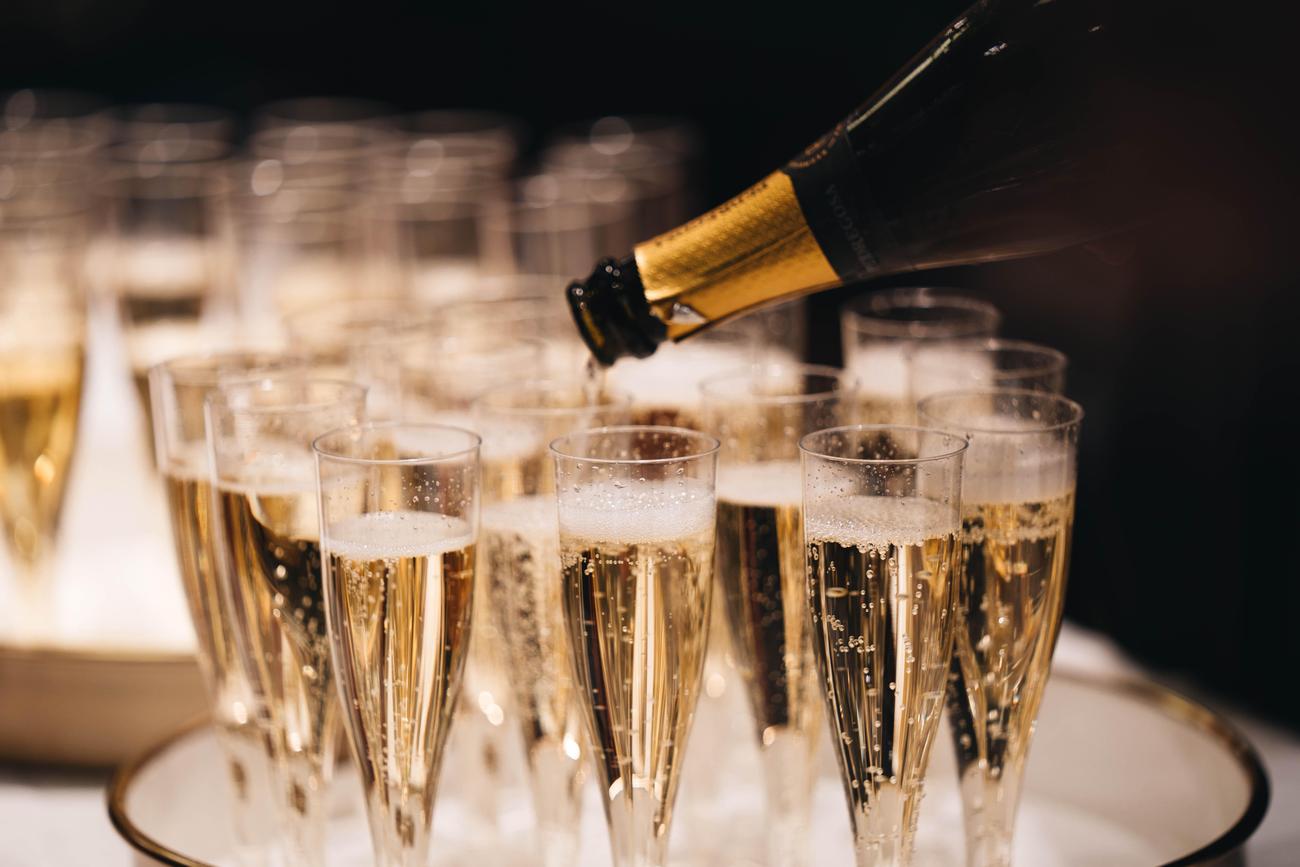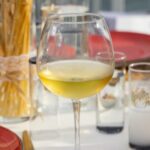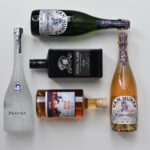Unveiling the Age: Exploring the Oldest Champagne, Revealed
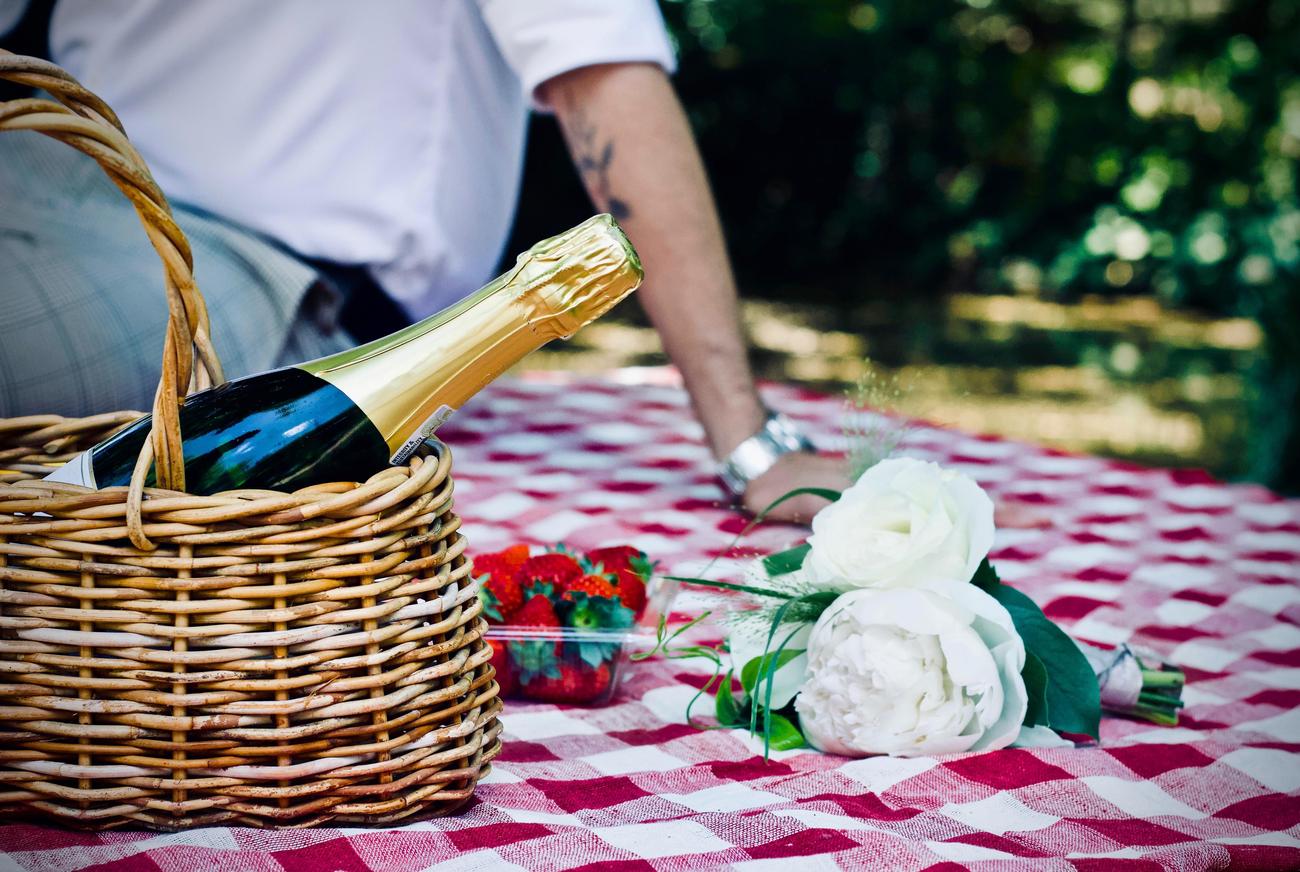
Step into the world of Champagne, where centuries of tradition and artistry converge to create one of the most exquisite beverages known to humanity. As a seasoned sommelier with a profound passion for the history and intricacies of wine, I have dedicated years to unraveling the mysteries and uncovering the hidden gems within this effervescent wonderland. Today, we embark on a captivating journey to answer a question that has fascinated wine enthusiasts for ages: How old is the oldest Champagne? Join me as I dive into the fascinating realm of Champagne’s timeless elixirs, unearthing the secrets and stories behind these treasured vintages. Whether you’re a connoisseur or simply a curious soul, prepare to be enthralled by the rich tapestry of flavors, aromas, and history that await.
How old is the oldest Champagne?
When it comes to the world of champagne, there is a rich history that stretches back centuries. The region of Champagne in France has long been known for its exquisite wines, and the processes and traditions involved in the production of this iconic sparkling beverage are a testament to its timeless appeal. But just how old is the oldest Champagne?
To uncover the age of the oldest Champagne, we must first delve into the origins of this beloved drink. The Romans were the pioneers in planting vineyards in the Champagne region, setting the stage for the centuries of winemaking that followed. The name “Champagne” itself comes from the Latin word “campania,” which refers to the rolling hills that characterize the region.
It was during the Industrial Revolution that Champagne began to produce sparkling wine, thanks to advancements in winemaking techniques. However, it was actually England that played a significant role in the development of Champagne as we know it today. With a limited ability to produce their own wine, the British developed a taste for this unique bubbly beverage and became enthusiastic patrons of Champagne.
In the 18th century, the Duke of Orléans in France popularized sparkling Champagne among the French aristocracy, further fueling its rise to prominence. Initially, Champagne wines were pale and still, but the British, with their love for the bubbles, spurred the region to experiment with different winemaking methods.
Winemaking in the northerly climate of Champagne presented challenges that eventually led to the unintentional creation of bubbles in the wine. The cold temperatures interrupted the fermentation process, only for it to restart in the spring when temperatures rose. This second fermentation in the bottle produced carbon dioxide, which became trapped, giving Champagne its effervescence.
Fast forward to the 19th century, and the modern Champagne industry began to take shape. With advancements in production techniques and the development of stronger bottles, Champagne production boomed. This led to a surge in popularity, with the region producing over 200 million bottles of Champagne annually.
However, the Champagne region also faced its fair share of setbacks. The early 20th century brought challenges such as the phylloxera epidemic, riots, and wars, which severely impacted production and growth. Despite these setbacks, Champagne experienced a resurgence in popularity since the 1950s and has firmly established itself as a symbol of celebration and luxury around the world.
So, returning to the question at hand, how old is the oldest Champagne? While pinpointing an exact age is impossible, there are some extraordinary vintages that have been preserved and aged for decades. Some of these rare bottles can date back to the early 19th century or even earlier.
It’s important to note that aging Champagne is a complex process. Some bottles are aged in the cellars of the Champagne houses themselves, while others have been discovered in hidden corners of forgotten cellars or shipwrecks. Each of these bottles tells a unique story, and their age adds to the allure and mystique of Champagne.
In conclusion, exploring the age of the oldest Champagne is an intriguing journey through history, culture, and the dedication of winemakers over the centuries. While there is no definitive answer to the question, these meticulously aged bottles represent a testament to the timelessness and enduring appeal of Champagne. So the next time you pop open a bottle of this effervescent elixir, take a moment to savor not just the flavors but the rich history that lies within each precious drop.
“Every bottle of Champagne tells a story, and the age of the oldest ones reveals a glimpse into the past, a sip of history.”
Champagne is known as the drink of celebrations, but do you know the fun facts about champagne that make it even more fascinating? We’ve got you covered! Click here to uncover some captivating fun facts about champagne that will make you appreciate this bubbly beverage even more: fun facts about champagne. From its origin in the Champagne region of France to the unique process of its production, there’s so much to learn about this iconic drink. So why wait? Dive into the world of champagne and become the life of the party with your newfound knowledge!
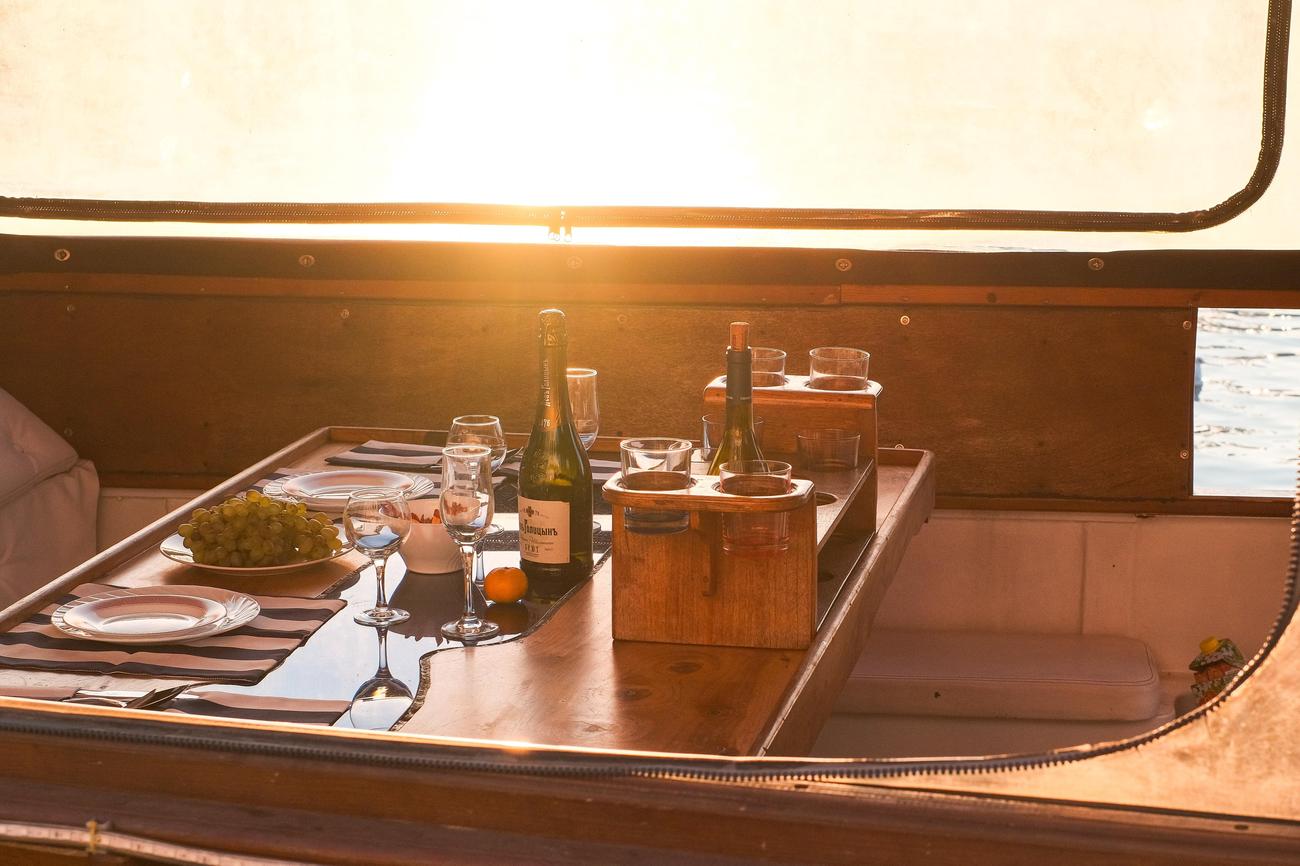
FAQ
Question 1
What is the history of winemaking in the Champagne region?
Answer 1
The Romans were the first to plant vineyards in the Champagne region, and the name Champagne comes from the Latin word “campania,” referring to the rolling hills of the area. It was during the Industrial Revolution that the region began producing sparkling wine, thanks to advancements in winemaking. England also played a significant role in the development of Champagne due to its limited winemaking resources. The Duke of Orléans in France popularized sparkling Champagne in the 18th century, and the British developed a taste for this unique bubbly wine.
Question 2
How did bubbles come to be associated with Champagne?
Answer 2
The challenges of winemaking in the northerly climate of Champagne unintentionally led to the creation of bubbles in the wine. The early Champagne wines were pale and still, but the fermentation process in the cold temperature caused a second fermentation to occur in the bottle, resulting in the formation of bubbles. This discovery revolutionized the Champagne industry and led to the development of the iconic sparkling wine we know today.
Question 3
When did the modern Champagne industry emerge?
Answer 3
The modern Champagne industry emerged in the 19th century with advancements in production methods and bottle strength. These improvements allowed for consistent production of high-quality sparkling wines. However, the region faced setbacks in the early 20th century, including the phylloxera epidemic, riots, and wars. Nevertheless, Champagne experienced a resurgence in popularity since the 1950s and currently produces over 200 million bottles annually.
Question 4
Did non-sparkling Champagne exist?
Answer 4
Yes, non-sparkling Champagne did exist. England played a significant role in promoting non-sparkling Champagne in London society. The wine was often transported to England in wooden barrels and then bottled by merchant houses. However, it was the British who developed a taste for the unique and effervescent characteristics of sparkling Champagne, which ultimately led to the widespread popularity of this style.
Question 5
What is the oldest known Champagne?
Answer 5
Determining the exact age of the oldest Champagne can be challenging due to the nature of aging wine. However, there are some rare and exceptionally old vintages that have been documented. Currently, the oldest known Champagne is believed to be a bottle from the year 1825, which was discovered in 2015. This remarkable bottle of Champagne offers a glimpse into the history and evolution of this iconic wine.
